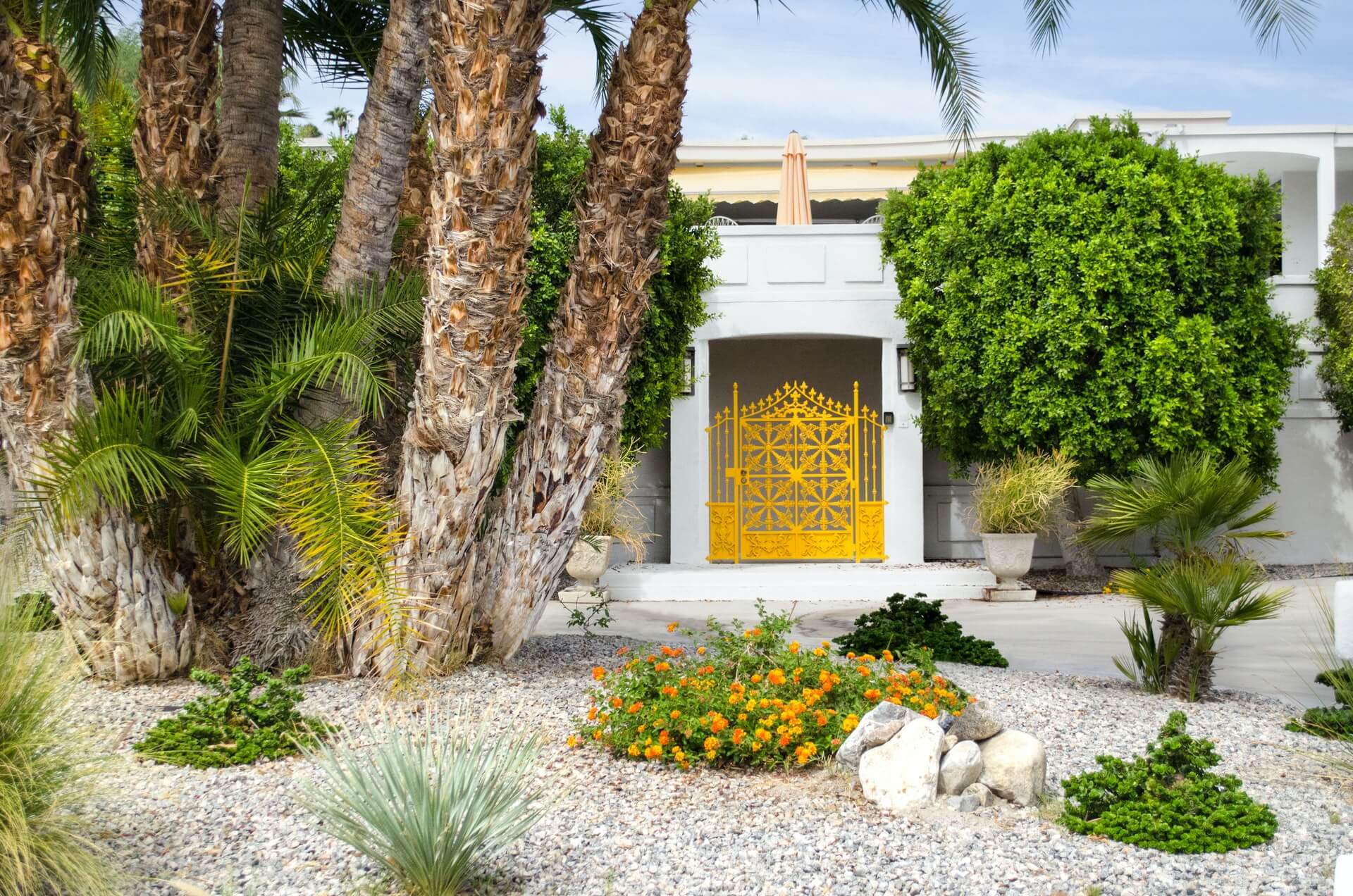
Table of Content
Xeriscaping is a concept of landscaping that makes use of various water-preserving methods to create lovely, yet water efficient gardens. Since water is regarded as a limited and valuable resource, the importance of this practice has become more widely acknowledged.
If you’re interested in giving xeriscaping a try, we’ve got you covered. In this article, we’ve got all the information you need on creating your own water-wise garden using the technique of xeriscaping.
The Principles of Xeriscaping
To gain the worthwhile end results, there are seven key aspects of xeriscaping that should be taken into consideration:
1. Proper Planning and Design
The first step is sketching a basic plan of the chosen area and outlining the specific designs and objectives of your xeriscaping project. This includes finding the correct location, marking the shady and sunny areas of the plot. It’s also important to define all areas that include buildings, driveways, walkways, outdoor sitting and dining areas as well as any trees that have already been planted.
Apart from the above, make sure to take the regional climate conditions into account and check if there are any local regulations related to xeriscaping in your area.
2. Preparing and Improving the Soil

After the planning is done, the next stage is preparing the soil for planting. This is just as important as all the other principles of xeriscaping.
The soil should be rich with nutrients to help maintain the precise amount of drainage and moisture. Too much will lead to root rot, resulting in weak and dying plants while too little can cause the plants to wilt. Just the right amount of each will help your vegetation flourish and keep it healthy. Mainly, the soil can be divided into three types. sand, clay and silt. Of the three, silt is the best option.
3. Making Limited and Functional Turf Areas
This means removing normal grass lawns and replacing them with domestic groundcovers, paving and gravel paths. However, this isn’t to say there should not be any grassy areas at all. There are really good alternatives to ordinary lawn grass that require less water such as deer grass, buffalo grass and fountain grass.
4. Choosing the Right Plants
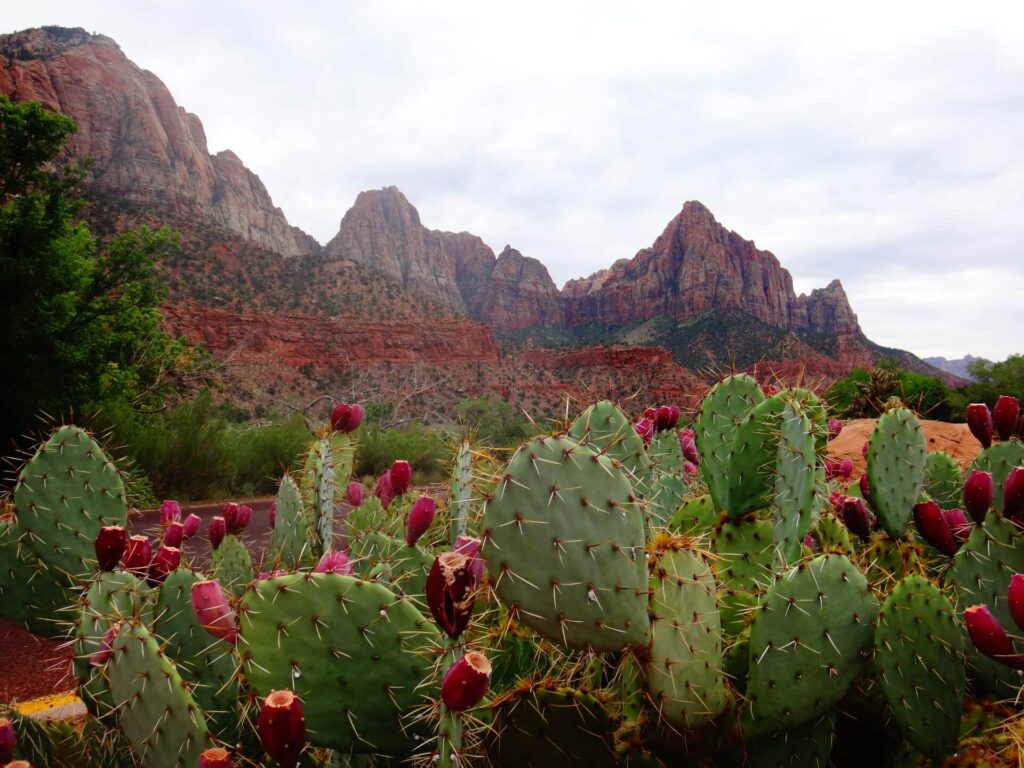
According to experts it’s not compulsory to pick just native plants for xeriscaping. However, it would be a better option since native plants can adapt to the local climate changes with much more ease. This makes them easy to manage without a large water, fertilizer or pesticide supply.
Additionally, it can be ecologically favorable to the local fauna including bees, butterflies, birds and squirrels, since they will be more comfortable in a familiar environment.
In xeriscaping, the drought-tolerant and xerophyte plants (plants adapted to life in dry areas) are ideal since they can be grown with minimum supply of water. They can also survive in the extreme heat as well as in cold weather. The most common drought-tolerant plant that is used for xeriscaping is the cactus which comes in hundreds of varieties and many colors.
Besides cacti, there are various other plants that can be used for xeriscaping. These include the following:
- Trees – Palm trees
- Succulents – Agave
- Flowering plants – Lavender, begonias, geranium, lantana, poppies, bougainvillea and rock rose
- Spices and herbs – Sage, oregano, rosemary, aloe, thyme
- Other plants used for food – Black walnuts, Jerusalem artichokes, sapodilla, sweet potato and grape vines
As you can see, xeriscaping does not have to be all about rocks, cacti, dirt and gravel. By choosing the right plants, you can create a charming landscape with a lot of green and even beautiful blossoms.
5. Irrigation
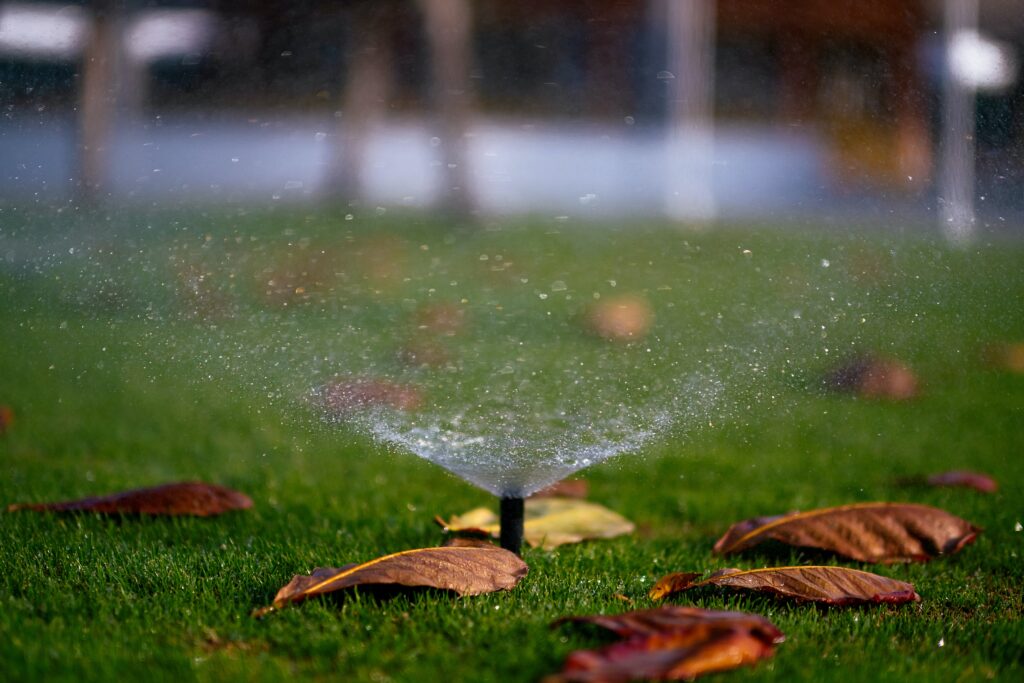
This could be the most determining principle that distinguishes xeriscaping from typical landscaping, since main idea behind the whole practice is “water-efficient gardening”. According to experts, having a proper irrigation system will help you save from 50 – 75% of water in comparison to the standard methods.
By using arid climate friendly watering methods such as drip or ground soaking irrigation systems, water can be supplied directly to the roots of the plants. By reducing unnecessary water evaporation, these systems use up less water compared to other methods such as sprinklers.
In xeriscaping, it’s important that irrigation is always incorporated correctly with “Hydro-Zoning” your plants. Hydro-zoning means arranging the plants into groups based on their water necessities. This means that plants with similar water requirements would be clustered together in order to achieve the ideal results.
6. Use of Mulch
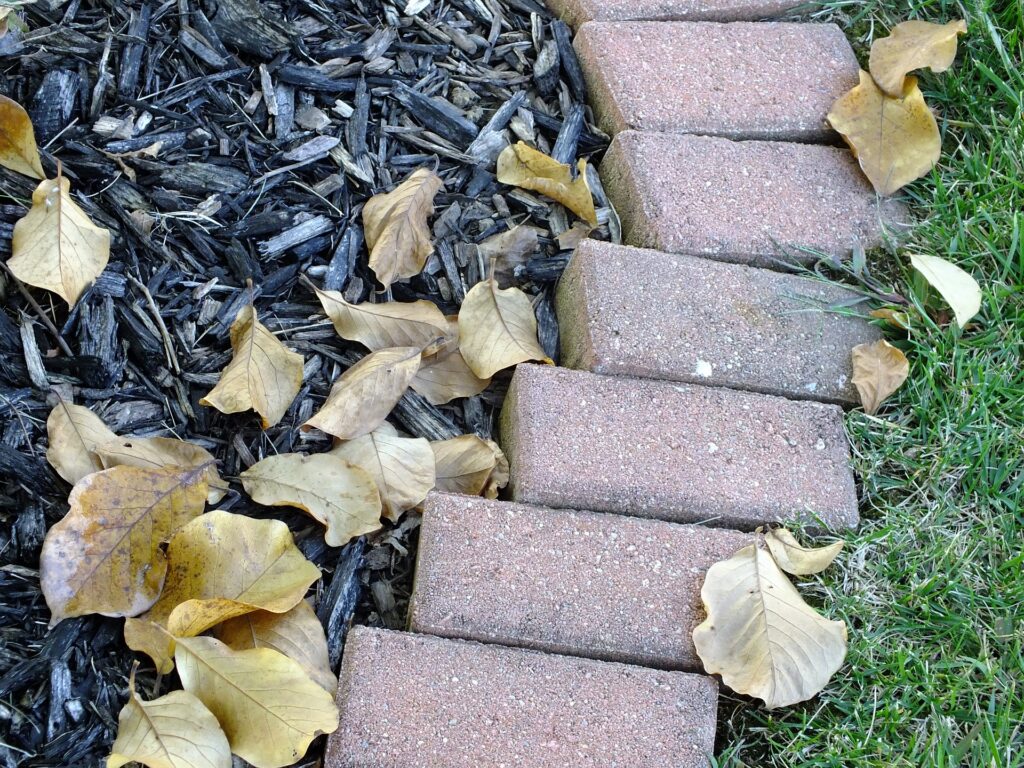
Mulch is a mix of certain materials that cover the surface of the ground to protect the humidity of the soil and suppress weeds. Mulch can contain organic materials like wood chips, tree bark, grass clippings, leaves, moss, straw, hay, cow manure and compost or inorganic materials such as rubber, newspaper, landscape fabrics and even plastic.
Using mulch can be a perk as well as a loss, depending on whether you’ve chosen the right mulch for your garden. Some types of mulch can be very expensive so you might have to take this into consideration since it could go over your budget.
While you can always purchase your mulch at a gardening store, with a little bit of effort and sufficient research you can also make your own mulch at home.
7. Maintenance
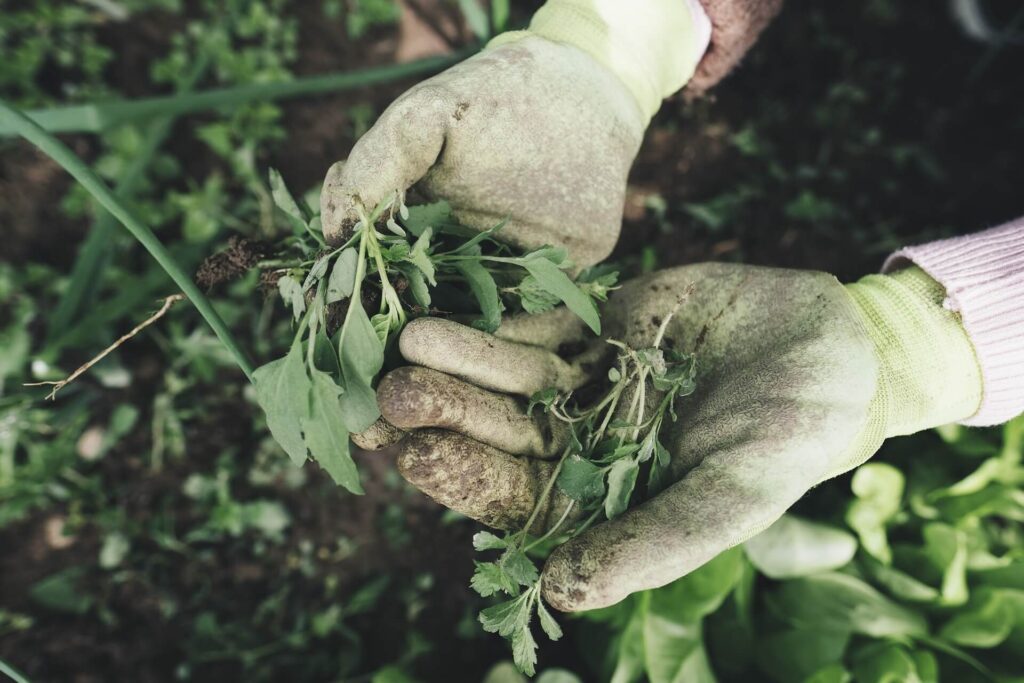
Unlike regular gardens, xeriscaping landscapes require very little maintenance. Since you don’t have typical lawns you won’t have to worry about mowing, clipping or cropping the turf areas. An added advantage is that you won’t have to waste water and time on keeping your xerophyte plants and drought-resistant vegetation healthy.
However, there’s a little bit of effort required initially, but this reduces over time. When you first get your garden set up, you’ll have to do a little weeding, pest controlling and fertilizing to move things along.
Pros of Xeriscaping
Xeriscaping comes with various benefits which is why it’s becoming a popular gardening technique. Here are the pros of xeriscaping:
1. Preserve water and save expenses on water bills – As mentioned above, xeriscaping saves a large amount of water used for gardening. This means that not only will you save water, but you’ll also be able to save on energy costs as well.
2. Multifaceted and versatile landscaping – Although, xeriscaping is a gardening technique for regions with dry climates, it doesn’t necessarily have to be limited to such areas. It can actually be implemented anywhere around the world. This means anyone can have their garden or a part of it converted or remodeled into a xeriscaping landscape.
3. Lesser maintenance – As mentioned earlier, xeriscaping requires little maintenance. There’s no fertilizing or watering required by the plants since they have the ability to survive with the nutrients in the soil. There’s also minimal pest control required.
4. Boosts property value – A charming yard with a perfect and excellent xeriscaping landscape can definitely increase your property value by a considerable amount.
While xeriscaping has many advantages, it also has its drawbacks. Here are the downsides of xeriscaping:
Cons of Xeriscaping
1.Higher upfront costs – Even though xeriscaping is viewed as a money-saving landscaping technique, the initial setup can burn a hole in your pocket. That’s because in xeriscaping you may have to purchase special equipment like irrigation systems. You’d also have to bear the costs of plants and other materials such as mulch.
2. Requires more time and excessive labor work initially – To create a xeriscaping landscape you may need to do far more planning beforehand than ordinary landscaping which can be time consuming. You’ll also have to spend extra time and energy on manual labor.
3. Less to no greenery – For some people this could be a definite turn off. When thinking about gardening and landscaping, the first thing that usually comes to mind is grassy and leafy garden with lots of plants and blooms. The traditional concept of gardening doesn’t give much importance to rocks, gravel paths or dry or spiky, drought-resistant plants.
The Take Away
Most people think that xeriscaping isn’t worth the time and energy, considering its drawbacks. However, with a little bit of creative planning and hard work you can use this technique to turn your own garden into a beautiful and attractive area that will save you a lot of money and effort in the long run.






